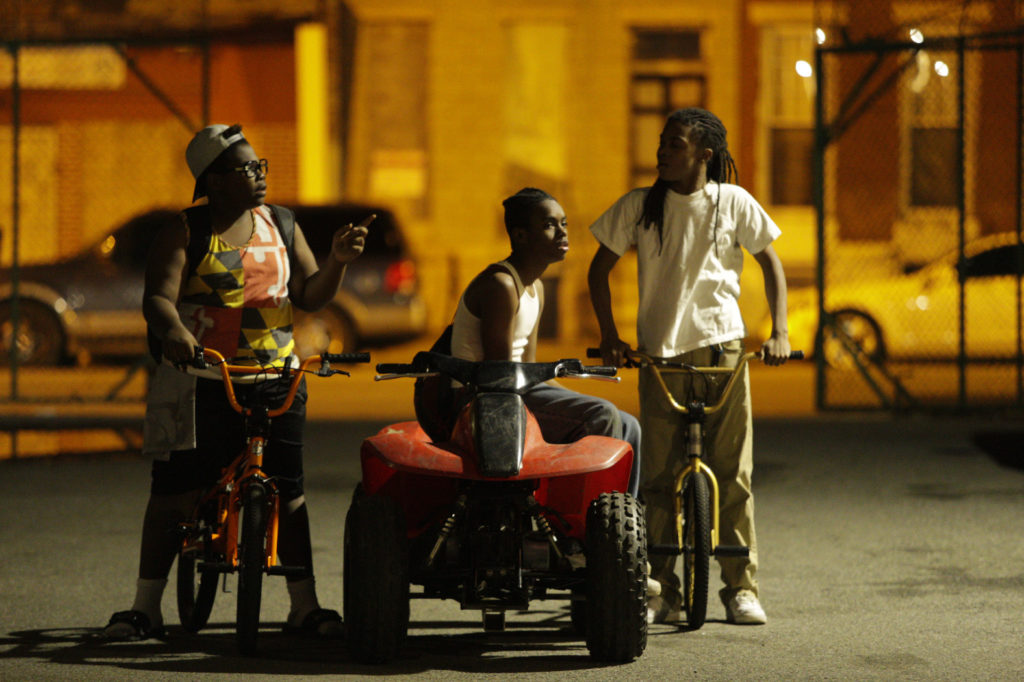Today, we’re talking with Luis Carballar. I asked Art of the Cut fans who I should interview and his name came up from several people who cited his work on the TV series Narcos.
Luis – who started cutting TV spots – has cut numerous feature films including Amores Perros, The Devil’s Double, Sin Nombre, Unknown and Cronicas… and as you’ll hear in the interview, he was Guillermo del Toros’ first choice to edit Pan’s Labyrinth, as well. Buckle up for a really great discussion with an editor who knows how to talk about his craft.
This interview is available as a podcast.
(This interview was transcribed with SpeedScriber. Thanks to Martin Baker at Digital Heaven)
HULLFISH: Luis, I loved this movie. The performances, the editing, the action. It had so much heart, I thought. Congratulations on a great movie.
CARBALLAR: Thanks so much. I loved it too. It was a real pleasure to work with Ant Hill and all the people from Overbrook Entertainment. I do think it’s a good movie with lots of good stuff in it.
HULLFISH: One of the things that’s huge, obviously, in this movie is the music. Did a music editor or music supervisor deliver a big list of music for you or where did some of that music come from?
CARBALLAR: We had a music supervisor towards the end. We kind of temped it with what we could. I’m not really a connoisseur of hip hop and that stuff, so I said right from the beginning that I was going to need help on that. The music was not really scripted except when Detective Rivers is driving with Mouse and he actually sings along with the song on the radio so they needed to have the rights for that cleared before.
We did have a music supervisor because we knew there were a lot of cues that we were going to be using. We temped it with different stuff from either (director) Angel (Soto) or even (producer) Caleeb (Pinkett). Or (producer) Clarence Hammond.
So right from the very beginning, we decided to embrace this idea of having a colorful movie.
HULLFISH: One of the great things with the music — from an editing standpoint that I really liked — was that there were places where it starts out full, like a needle drop, of some hip hop music, and then it becomes diegetic and there are other places where it starts diegetic and then becomes a full cue.
CARBALLAR: That’s something that I really like. I enjoy that. Sometimes it’s a way to keep track for a longer time. And also it’s something that turns or morphs. It’s kind of nice to hear music in the background that then turns into something more in-your-face, so you can actually hear it. It’s just an editorial decision that we embraced.
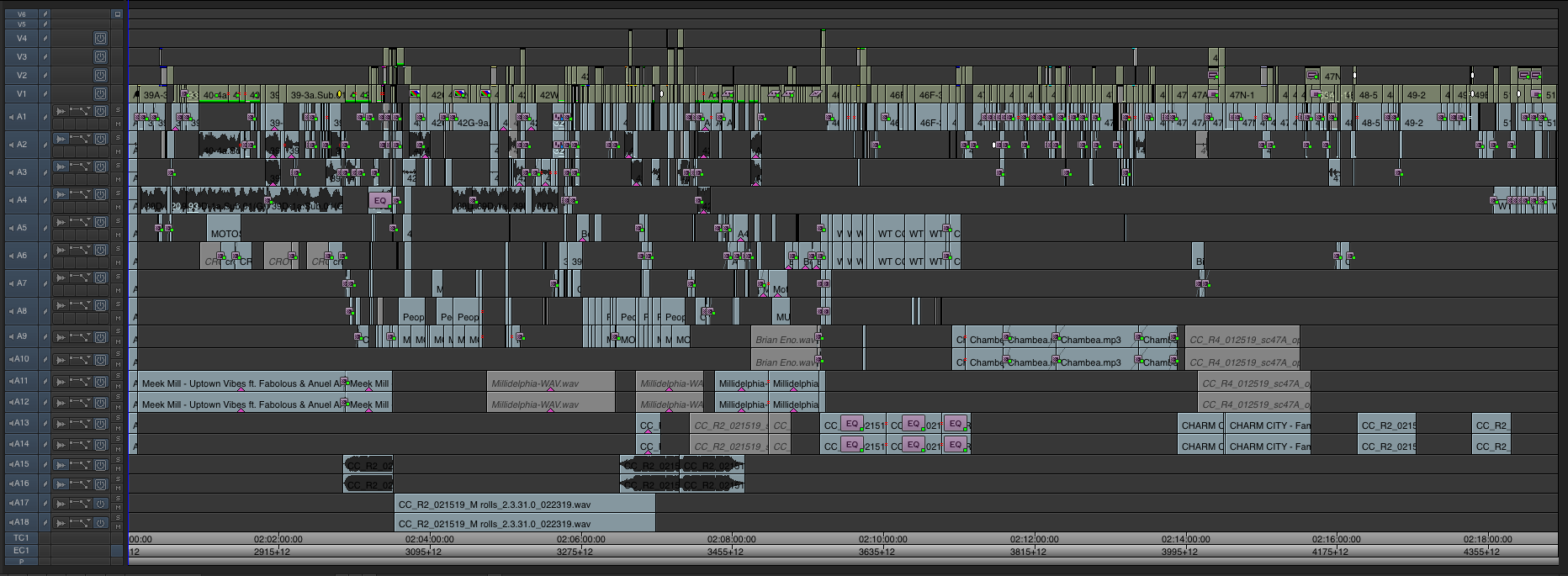
Same thing with the sounds and ambiance. In the dailies, the sound was very colorful and there were lots of ambiances. For example, there are a lot of trains in the movie. I heard them in the background of the dailies recordings, so I asked the director if we could use them more in the movie and he was cool with it. So instead of trying to avoid it all the time, we decided to embrace it, so sometimes in the background, you hear some trains. Some of those were in the actual recordings and some were added.
HULLFISH: I’ve cut some movies that have shot down in Georgia during the summer and you can’t ignore the cicadas. Working around them is nearly impossible, so you gotta embrace them as an element of the ambiance and make them even louder if anything.
CARBALLAR: Exactly. Exactly. For example, in this case, they did shoot in Baltimore so the real sound is there, so why not just keep it?
HULLFISH: When you were switching from diegetic to full needle-drop audio or backward from that, did you just do that with a simple volume change in your picture cut, and then they tweaked it in the sound design? Or did you really try to do something that more sounded like it was coming from a radio in your cut?
CARBALLAR: In my cut, I used either an EQ or an Audiosuite plugin to try to make it more similar to a radio, but I didn’t go crazy.
HULLFISH: I loved the sense that the sound design gave you that made it feel like you were really IN the place. You knew where you were. It felt like you were really in that place. Can you talk to me about putting that stuff in and how it led to the believability of the movie?
CARBALLAR: The sound design was tricky on my end because there were a lot of sounds and with the motorbikes, it tends to become problematic because it’s very hard to control the sound of a very loud motorbike. It was always problematic in the scenes where the bikes were running and we had dialogue. So we did have to deal with all of that. You always preserve the dialogue first and you build from there. You have to feel the movie — what the movie wants and we thought it was kind of cool to treat the sound design like that.
HULLFISH: I felt like there was a real sense of the neighborhood. A lot of the quieter scenes you’re really feeling kind of the joyousness or the urban-ness of the environment through the audio.
CARBALLAR: I think it’s part of the colorful sense of the movie. As an editor you have to work with that to have more sound in the right places and less sound in the right places, so you create peaks and valleys and moments for resting and moments for NOT resting.
Sometimes a few little sounds in the background can make a scene potentially more silent because then you realize everything is silent. So it gives you a sense of calmness.
HULLFISH: There’s a scene like that that I was thinking of with the audio which was when Midnight Clique first arrives. Midnight Clique is this group of bikers that are going to become central to the film. When they finally arrive, Mouse talks to his girlfriend, Nicki.
He’s explaining to Nicki who these people are in almost reverential tones. Their arrival was very loud, but when they start having this conversation and he starts talking to her about the group’s importance and standing in the community, the audio really changes to something that is not realistic. It’s more romanticized.
CARBALLAR: Exactly. Exactly. That’s exactly the idea — to give it a feel of the love he has for the bikes and the bikers. So what we wanted to convey is that idea of him really loving that world and sharing it with Nicki.
HULLFISH: There’s a scene where Mouse — the main character in the movie — is on this bike that he’s supposed to be delivering someplace else and instead he goes and picks up his girlfriend and they go for a ride and as you cut this montage of them riding through the streets, you’re listening to a conversation that is about to happen. Can you talk to me about whether that was scripted that way or was it scripted as two separate scenes and how did you cut that together?
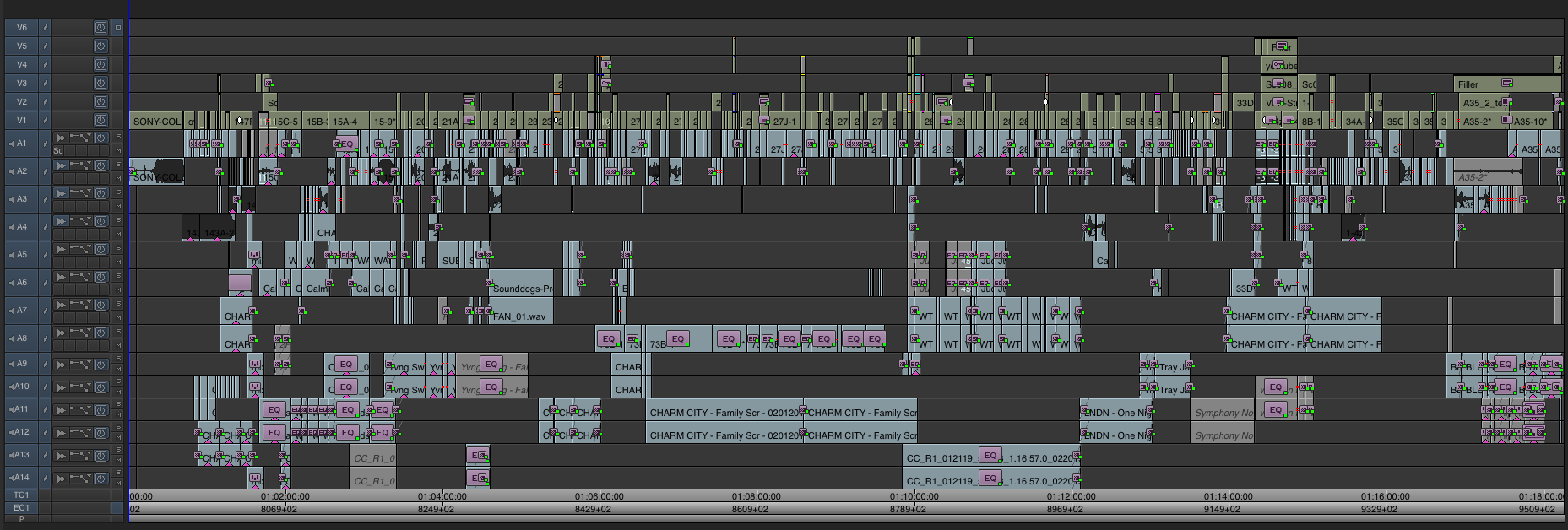
CARBALLAR: It was scripted as three different scenes. There was a dialogue scene as they got on the bike. There was the riding montage and there was the scene under the bridge with more dialogue.
The ride to that place took a long time. Obviously, there are some beautiful shots that we didn’t want to lose and you want to tell the story of how they got there and to see the city, so we had this idea of using part of the audio underneath them riding to that place and that gives you a chance to manipulate what is being said.
Part of that is his actual voiceover.
HULLFISH: Did you combine the three scenes into one scene throughout the post process, or was it three separate scenes in your editor’s cut?
CARBALLAR: From the assembly, you try to put everything as a whole the way it was scripted. It’s important to do it that way — for the directors especially — so that they can see what they shot and then they can start having their own process.
There’s dialogue you could cut right from the start — and you KNOW you’re gonna cut it but it’s not a good idea to cut it right from the start because the only thing that that is going to do is to point it out to the director so he’s gonna want it back and then you’ll never be able to take it out again.
HULLFISH: (Laughs).
CARBALLAR: Obviously I cut it to be best for the movie, right? But you need to give the director his own process. He needs to see that scenes are longer than needed, that scenes are breathing more than necessary, so then you can start condensing.
In this case, when I did the first pass I knew it was not going to work that way but I still left it like that, so we could talk about it. Once Angel (the director) and I were cutting together we know it had to be condensed. Then, at some point, we came up with that idea.
It’s similar to our previous discussion. He’s talking from the heart, in the same way, he’s talking from the heart when he sees the Midnight Clique coming and he talks to Nicki.
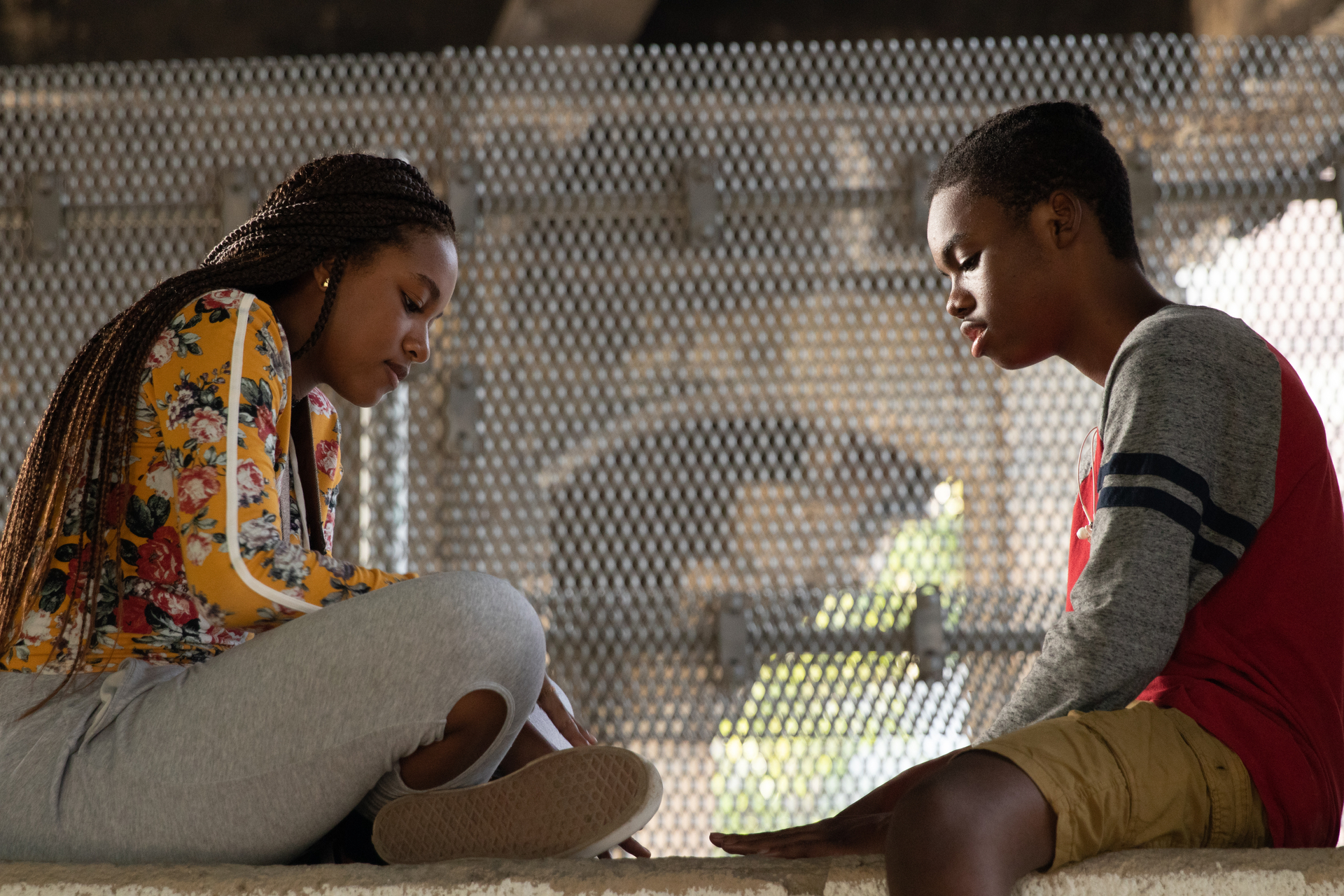
HULLFISH: It’s a very emotional scene about Mouse’s remembrance that his older brother always wanted to take him to the ocean.
People that listen to this podcast regularly know this about me — the first movie I ever cut, I did exactly what you say NOT to do — which was to cut a bunch of stuff that I knew was gonna be cut out, and then the director says, “Where’s my stuff?” Then you look bad.
CARBALLAR: Exactly. In all fairness, you have to give the director the opportunity to go through the process because they do need it. They shoot and they have a vision. And you don’t know know what it’s going to end up looking like. Oftentimes they have an idea of how to cut it. They have the right to watch it like that before you change it. Maybe after two shots, they’ll see that it doesn’t work, but you still need to respect their right to see things the way they envision it.
And it’s easier for the process in the sense that once they see it, they say, “OK. It doesn’t work. Let’s do something else.”
The same happens with whole scenes. There are scenes that you know you’re going to have to cut out of the movie for a number of reasons, but it’s not a good idea to cut them right from the beginning because the same thing is gonna happen. They’re going to notice and they’re gonna want to keep it longer than necessary.
HULLFISH: I did an interview with Sven Pape that he turned into a great video essay for his This Guy Edits YouTube channel and we talked about that exact same thing — that the director really needs their process. They need to live with it just like you got a chance to live with it because otherwise, they’re never going to trust that the decision because they didn’t get to go through it.
CARBALLAR: Of course. From the start, they had a reason they wanted and needed that scene. It’s not like people shoot scenes just to throw money in the trash can, you know?
HULLFISH: That’s true.
CARBALLAR: Sometimes it hurts to cut things out, but in the end, you have to do it. You have to go through that process.
To go back to something you said earlier, in my opinion, we shouldn’t call them Editor’s cuts, because it’s not really YOUR cut. You didn’t have time to do your cut and you’re not really cutting everything you would like to cut.
HULLFISH: I completely agree. So what do you call it?
CARBALLAR: I call it the assembly.
HULLFISH: Just the assembly.
CARBALLAR: Yeah. I’ve been in places where producers call it the Editor’s cut even closer to the final cut. The producers say, “Remember, the Editor’s cut was so bad?”
HULLFISH: That was one of my problems when I cut lines in my first editor’s cut before the director had a chance to weigh in. It was my ego. I didn’t want it to look like I thought those lines belonged in there.
CARBALLAR: Exactly.
HULLFISH: So you had to subvert your ego to be able to leave the assembly the way it was scripted because it really was not the way you wanted it.
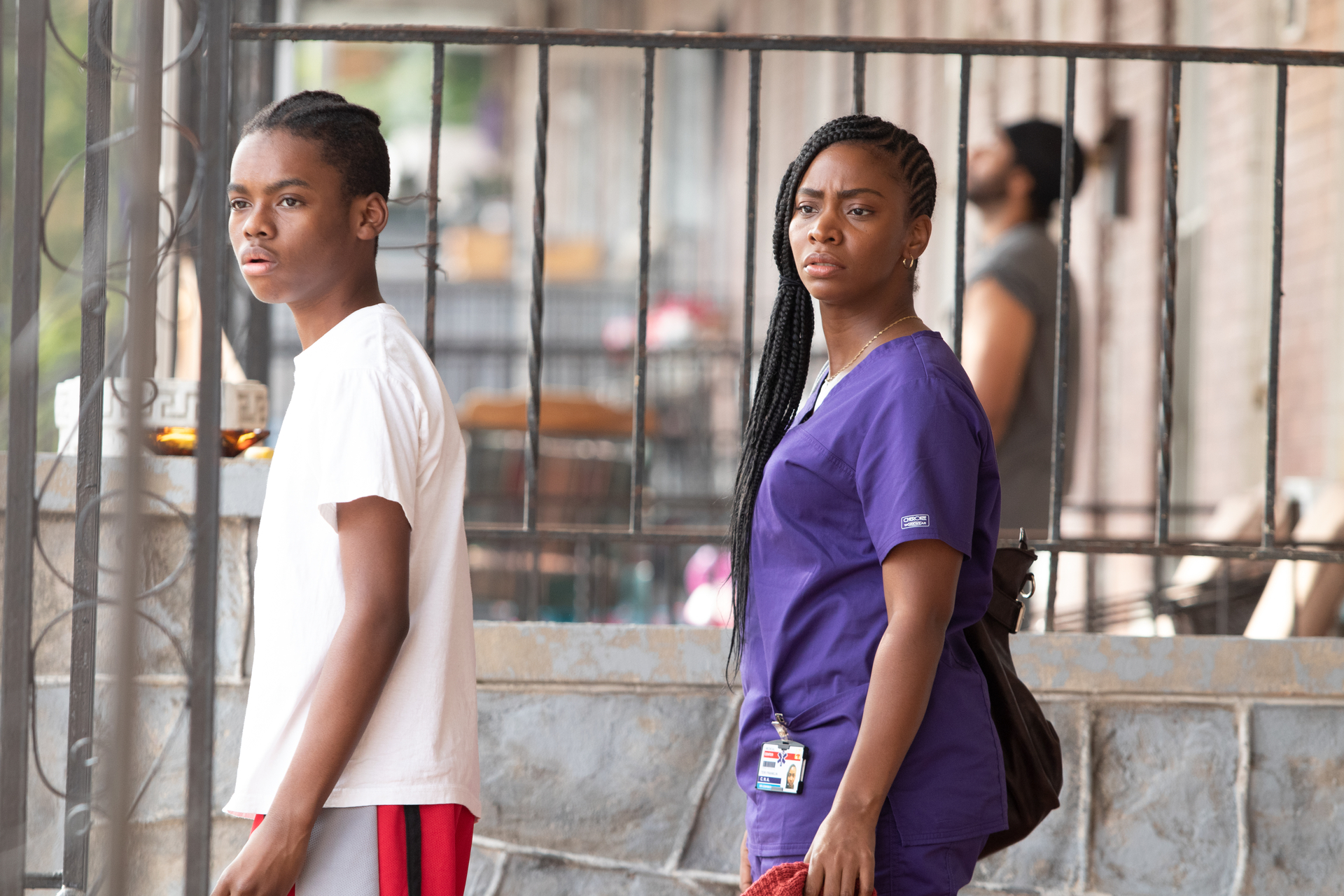
CARBALLAR: Yes. And you don’t have time to deliver YOUR cut. You didn’t have time to work YOUR cut and come with a finished product.
HULLFISH: Right. Or the Editor’s cut would take a year instead of two weeks.
CARBALLAR: Exactly. It would take longer and it would probably be better. It could be even better than the director’s cut.
HULLFISH: We won’t go there!
CARBALLAR: Yeah, we won’t go there.
HULLFISH: There’s a great confrontation between Mouse and his mom near the end of the movie. There are very few cuts in that scene. It’s largely hand-held. And when I first watched it I literally thought it was a oner — which is a tribute to you because I didn’t see edits. I had to actually rewind and LOOK for the edits before I saw them. There are three or four edits, but it’s quite a long scene to play with that few edits.
CARBALLAR: Yeah. That’s scene is really nice. I had a version where I started cutting a lot more — not lots of cuts but you tend to cut more and we editors need to learn over time to let things breathe and not cut.
We’re editors and we tend to cut. We’re thinking always about where we can cut. Oftentimes, editors end up over-cutting things which is tough for the pacing of the film because — in my opinion — the more you cut, the longer the movie is going to feel.
I learned that cutting commercials because we would have a 60 second commercial and they would ask for a 40-second version of it, but they want all the same shots, just in 40 seconds. So you just trim shots. You take some shots out but you cannot take many because they want them, so you end up trimming everything to fit into 40 seconds. And oftentimes the agency would say, “This is even better because it feels like it’s longer.”
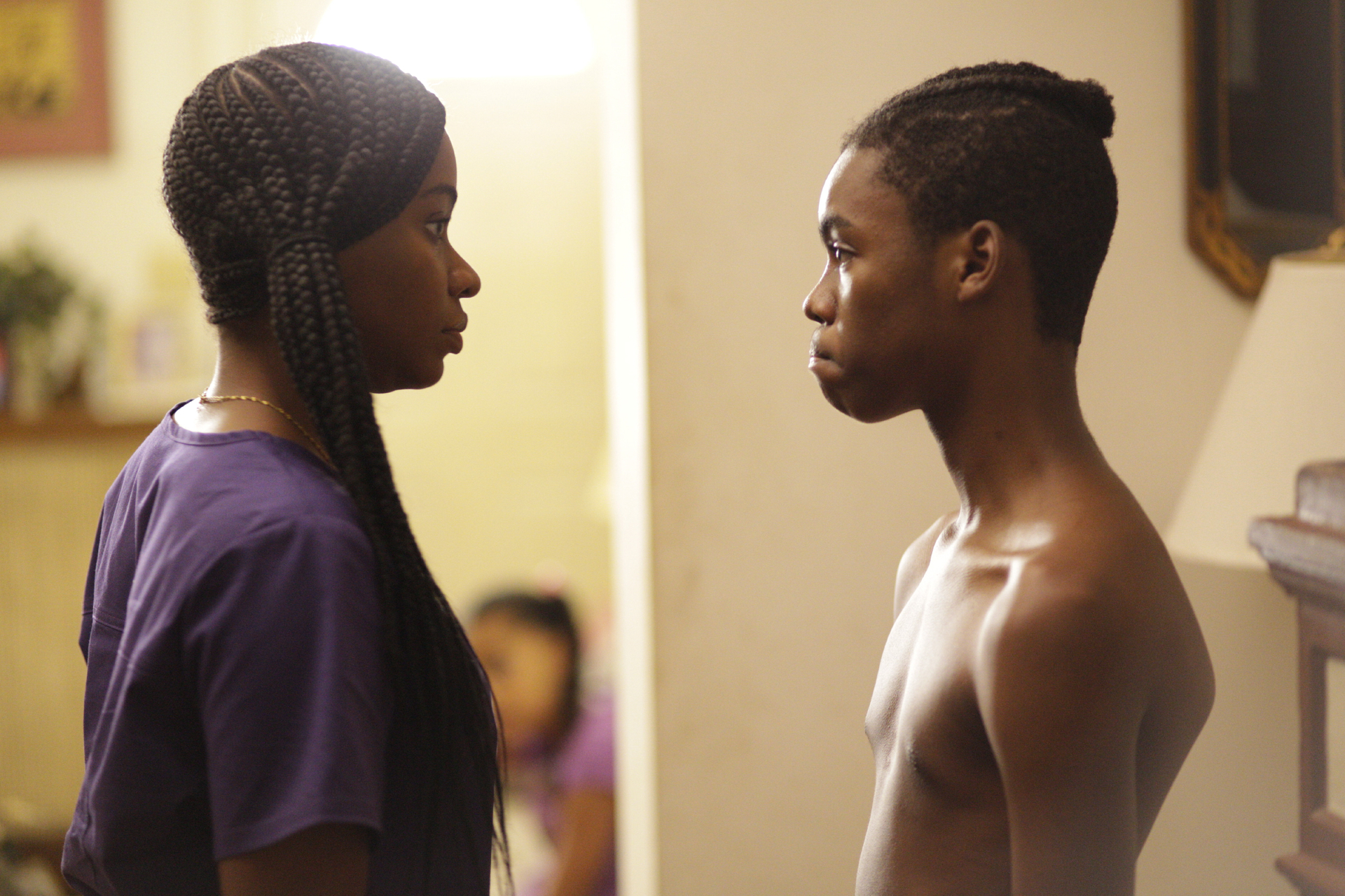 The reason for that I think is because there are more cuts, so it demands your brain to pay more attention. The more attention you have to pay, time gets expanded somehow.
The reason for that I think is because there are more cuts, so it demands your brain to pay more attention. The more attention you have to pay, time gets expanded somehow.
In my opinion, it also happens in movies. Every time you do a cut, the audience’s brain needs to adapt.
There’s this trend now that directors want to try to do every cut using a different angle, which is nice. It looks nice and is kind of refreshing but also your brain needs to adapt.
For example, if you’re cutting up conversation back and forth between the same two angles — close-up of Character A, then close-up of Character B — your brain already knows that every time you cut you’re gonna go back to the same thing. Once your brain sees the first frame of it, it already knows what it is. So your brain doesn’t really need to figure it out every time you’re switching angles.
HULLFISH: Your brain is trying to figure out the geography of where the characters and the camera are to each other?
CARBALLAR: Exactly. So you make your brain work more in that sense.
Getting back to this scene specifically, it was really nice — the energy they had together, so it was more about respecting their performance — almost as a oner — and just intervening in the places where it was needed.
But we realized it was better to leave a longer scene than shorter.
HULLFISH: I was thinking the same thing about respecting the performance because both actors are killing it in that scene, so just let them do their thing, right?
CARBALLAR: Yes. The thing that I like about the movie is that it’s the story of this kid with his friends. There are tons of layers below that. It tells a story that is not that complicated, but you can dig into all the layers. There that there are a lot of layers in the movie and Angel brought a cast to it that really works.
He had to combine non-actors with kids with experienced actors. He really nailed it. The synergy the kids create together is awesome. You’re always a little concerned when you’re cutting movies with kids or non-actors or non-experienced actors.
You’re concerned about the performance and you know you’re gonna have to work a lot with that — and I did have to work a lot with performances — but the synergy between the three of them made the day.
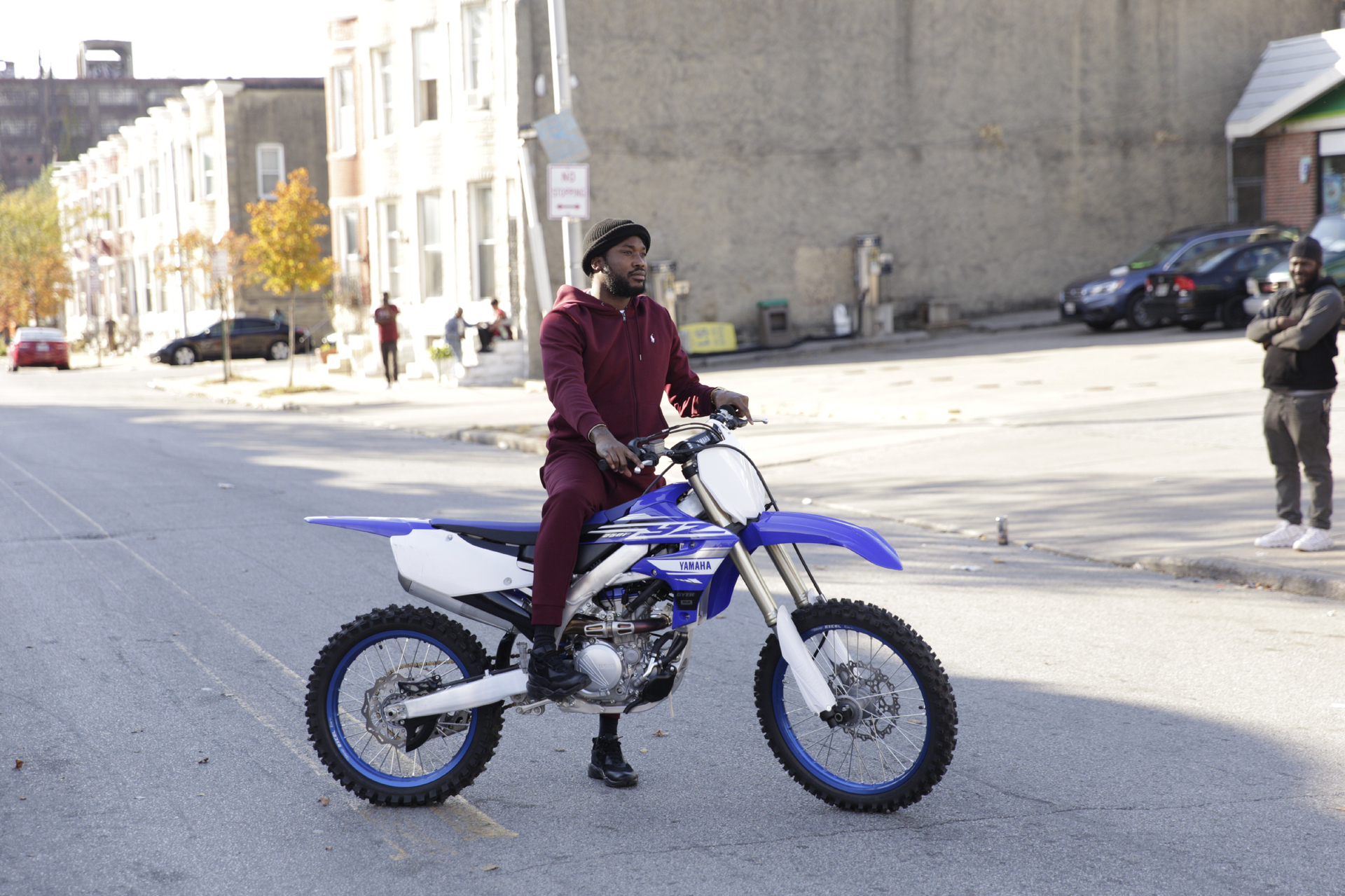 HULLFISH: For those who haven’t seen the movie, the three or maybe four main characters in the movie are twelve or thirteen years old?
HULLFISH: For those who haven’t seen the movie, the three or maybe four main characters in the movie are twelve or thirteen years old?
CARBALLAR: Yeah.
HULLFISH: The performances throughout the entire movie are outstanding. Can you talk to me a little bit about working with performance; molding performance? What do you do when you’re looking at dailies to find those beautiful nuggets that are in the movie?
CARBALLAR: Actually it was a little painful because there was a lot of really good stuff that we had to take out. For example, Sweartagawd is a really funny guy. And he would ad-lib jokes left and right.
HULLFISH: (laughs) For those who haven’t seen the movie, Sweartagawd is the nickname of one of the three boys.
CARBALLAR: These three kids — you could say — are the good, the bad, and the funny.
HULLFISH: It reminded me very much of the Bill Cosby Show with Fat Albert.
CARBALLAR: Exactly. So it was beautiful to watch them go at it. You do have to mold performances and you need to figure out the tone of every scene. Because you could have a scene that had a few jokes and then the following scene would also have jokes. It’s not a comedy, so you can’t keep going with that, so you have to choose where you put the jokes.
The same things go with drama, so you’re always molding and sculpting and trying to come up with something that works.
HULLFISH: Especially if you’ve got a transition between a funny scene and a very dramatic scene, you might want to take the funnier scene less funny — or MORE funny — depending on what kind of a transition you want between those two scenes.
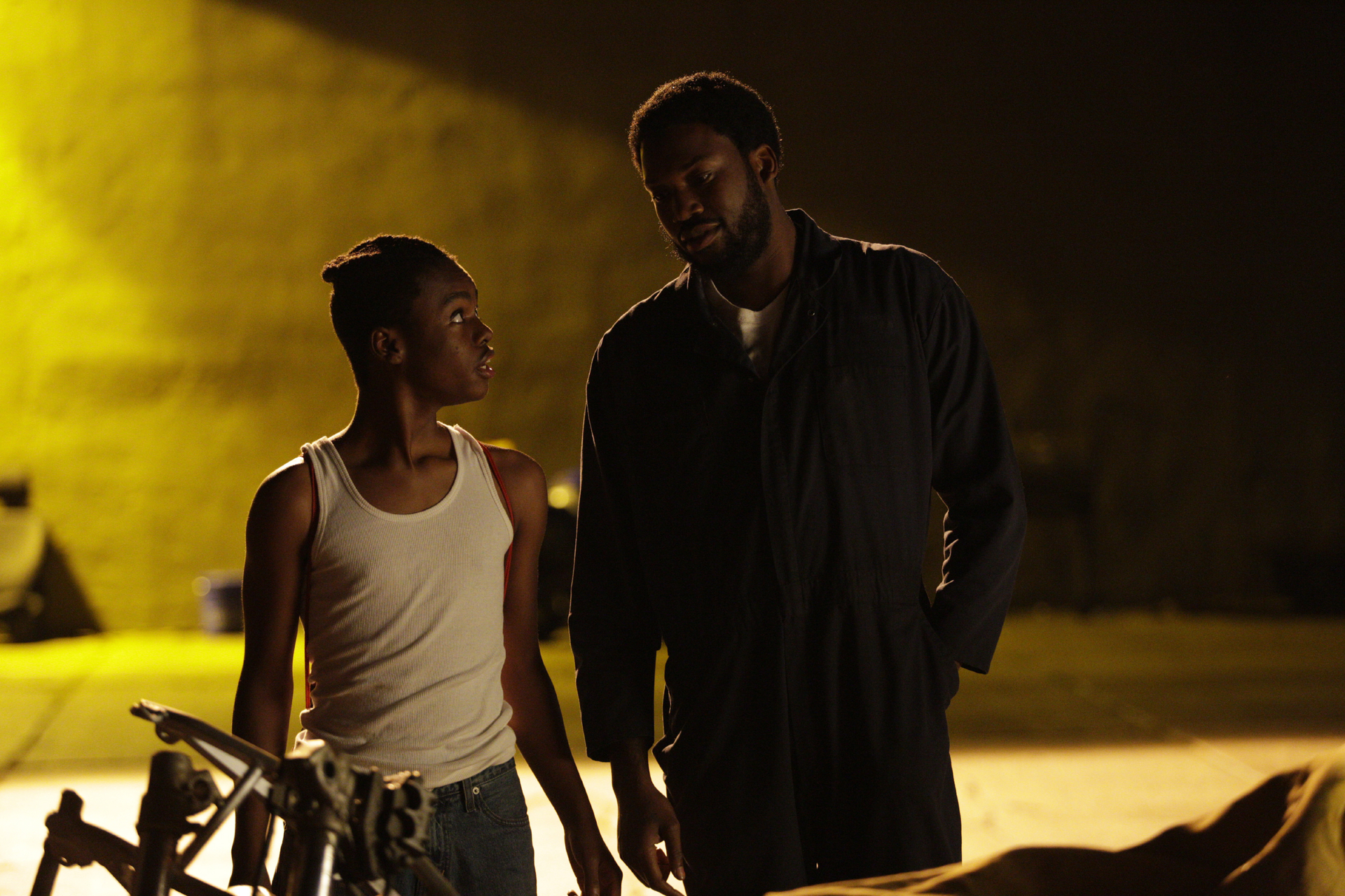 CARBALLAR: In the end, it’s all about feeling it. And nailing or getting to the best place possible, which is kind of hard because it’s difficult to be objective.
CARBALLAR: In the end, it’s all about feeling it. And nailing or getting to the best place possible, which is kind of hard because it’s difficult to be objective.
HULLFISH: What kind of discussions did you have with the director about tone?
CARBALLAR: We would discuss what was best for every scene. In general, the tone is already there in the dailies because they obviously go for a specific tone, but inside that, there’s a range and in every scene, you can modify it a little bit or a lot.
So it was more on a scene-by-scene basis. For example, the director would suggest a shot and I would say, “Yes, but don’t you think this is a little too big or this is a little too small?” Then we would talk about it and decide together.
In the editing room, Angel and I were more like friends — talking to each other and deciding what’s best and trying things and then sometimes they work and sometimes they didn’t so we had to keep going at it.
HULLFISH: The movie is based on a documentary called 12 O’Clock Boys. (a reference to riding a wheelie — where the front tire is pointed to 12 o’clock.) Did you watch that documentary?
CARBALLAR: I think the movie says “inspired by,” and yes, I did watch the documentary. It’s really nice. It was shot a long time ago, so I think it was shot with Handycams and stuff like that, so obviously the quality of the picture is not really good but you get to see the actual Mouse and you get to see the actual bike riders and how that life is.
So I watched it before being interviewed because I knew it was based on that. When you get interviewed you obviously get the script — so you can talk about the script — and I watched the documentary.
When I met with Angel we pretty much were on the same page. I think he liked me because I tend to be passionate about things and I like movies that have humanity. The humanity in the script is what I’m looking for because I think it’s what we like in movies — the human values that are in there.
And I saw that in Angel, too, so I was really interested in it. It took some time to get the gig, but finally, we got it.
HULLFISH: When you say that the two of you were on the same page during that interview, the humanity of the script is one of the things where you two connected?
CARBALLAR: Yes. Right from the beginning of the interview, I realized he is a passionate guy and talented, so I really liked that and I saw his commitment to do this movie the right way.
HULLFISH: There’s quite a bit of hand-held footage in the movie. Is there a trick to editing hand-held or is there a trick to watching dailies that are hand-held?
CARBALLAR: No. Not really. It’s trial and error. Obviously, you need to control the movement of the camera and it could be complicated in the sense that sometimes you leave things that are a little bit bumpy because of performance, and sometimes you have to cut nice things because they are bumpier than you can afford.
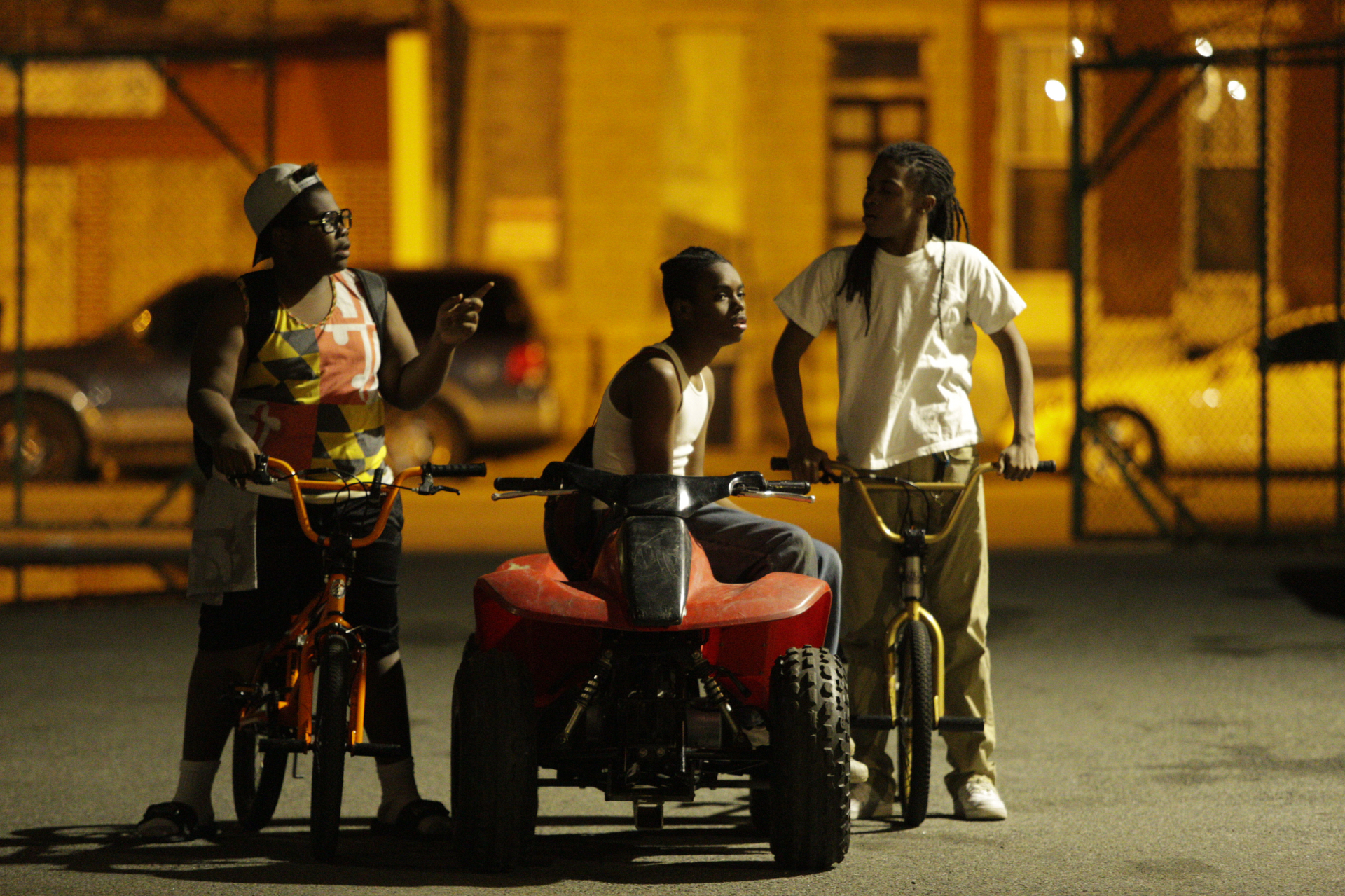 In the end, you have to go for performance first and as long as it is not jarring and if your movie is good and it’s telling a story, people are not going to really mind some of that bumpiness.
In the end, you have to go for performance first and as long as it is not jarring and if your movie is good and it’s telling a story, people are not going to really mind some of that bumpiness.
There are people that don’t like to have any bumpiness at all, but I cut lots of movies — for example, Amores Perros was all handheld and the camera is moving all the time so I’m used to that.
HULLFISH: But with hand-held, not only are you looking at performance but also those places where camera movement is part of what you’re gonna want to make note of when you’re looking at dailies.
CARBALLAR: Yeah. Sometimes there are some gems that happen.
You start realizing that the job of the editor is not trying to shine. You shine when the story is well-told. That is your main job. Your job is to make everyone’s job look great — but especially the movie as a whole — the big picture. In the end, you’re serving that and not trying to make great cuts. Obviously, when you can, you do it, because you like it. So if you have the opportunity you go for it, but if you start making decisions based on that, you’re not going the right way.
HULLFISH: This is not a criticism, but there’s a great shot where Mouse gets a kiss that is a surprise to him. He’s shocked by it and there’s a beautiful moment after the kiss. He’s reveling in this kiss and the shot goes out of focus a little bit. I noticed it as an editor, but the performance is so good, and the moment is so good that you must have thought, “who cares?”.
CARBALLAR: Exactly. Exactly. Those are things that you face as an editor. That’s the difference between different editors. That’s where you bring not only your expertise but your feeling. It’s where you “dot the I’s.”
If you let it linger a little bit more — if you decide to leave that softness in the shot or not — you obviously see something that is soft-focus and you want to cut out of it, but sometimes you need to let it breathe for a moment.
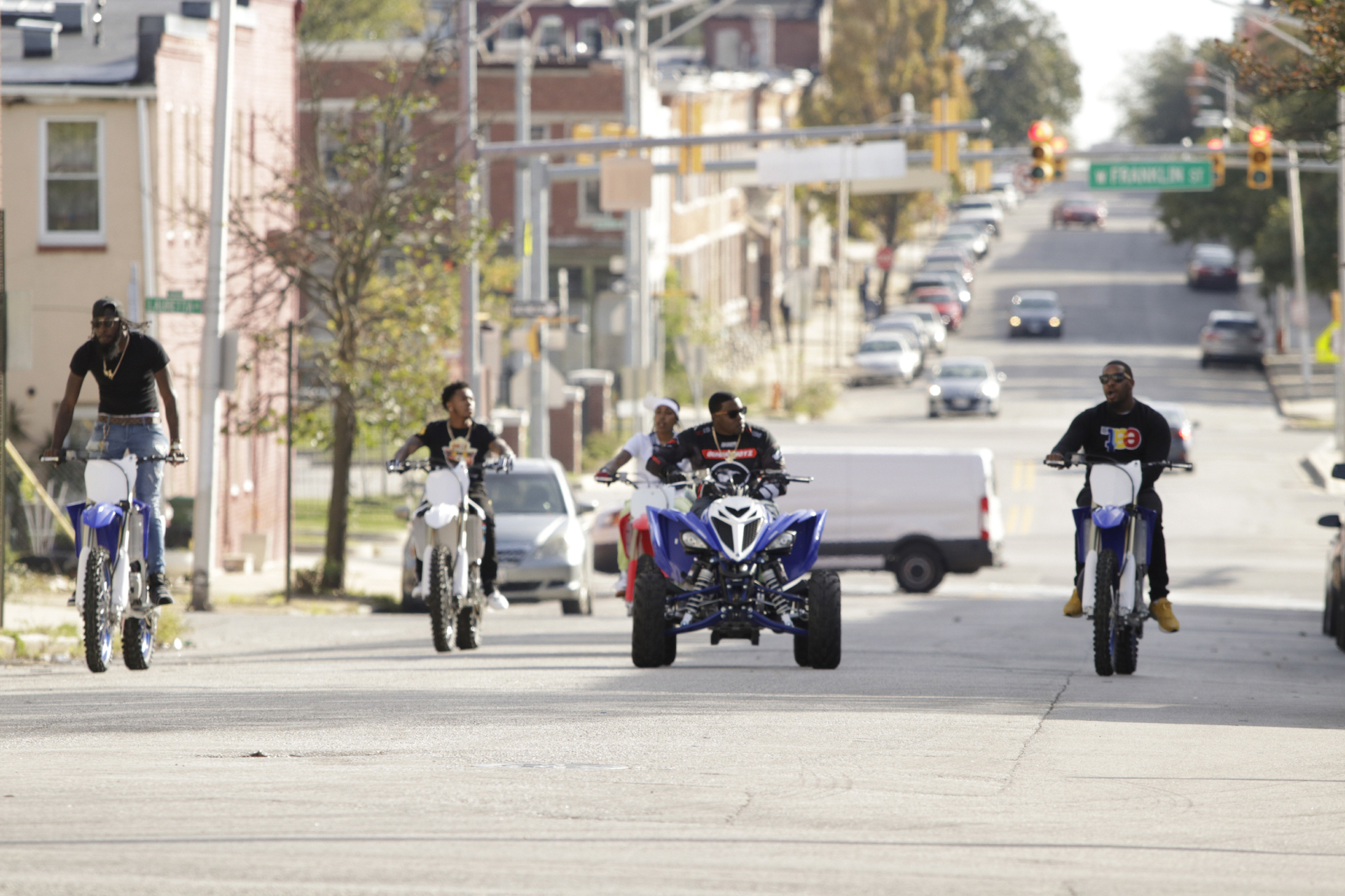 I’ve worked on films where we do a pass through the whole film just adjusting silences and how long the silences are because if you make a big pause in an important part of a scene it makes a bigger impact if the previous ones are not that big. If you have a ton of big pauses, then when you do the important one, it’s not going to have the impact.
I’ve worked on films where we do a pass through the whole film just adjusting silences and how long the silences are because if you make a big pause in an important part of a scene it makes a bigger impact if the previous ones are not that big. If you have a ton of big pauses, then when you do the important one, it’s not going to have the impact.
HULLFISH: That’s a voiceover thing. If you worked on TV spots before, you know that a good voiceover person leaves those pauses just after an important word. You don’t just run through everything at the same speed. The most important word hits — a little silence — continue, and that makes the word before it more important.
CARBALLAR: Yes.
HULLFISH: I’m enjoying this conversation so much. One of the reasons why you’re on the podcast is because multiple listeners of the Art of the Cut podcast said I have to talk to you. I can definitely see why.
CARBALLAR: If you want, I can tell you a little bit of my story.
HULLFISH: Please.
CARBALLAR: I was living happily in Mexico City. I cut Amores Perros and I had got a couple more — Cronicas, which is a really good movie that didn’t get enough attention. That was the first movie with John Leguizamo where he speaks Spanish — and he didn’t really speak very good Spanish, so it was a challenge.
HULLFISH: By the way, my last podcast was about Leguizamo’s first movie as a director — Critical Thinking — but I apologize for interrupting… continue.
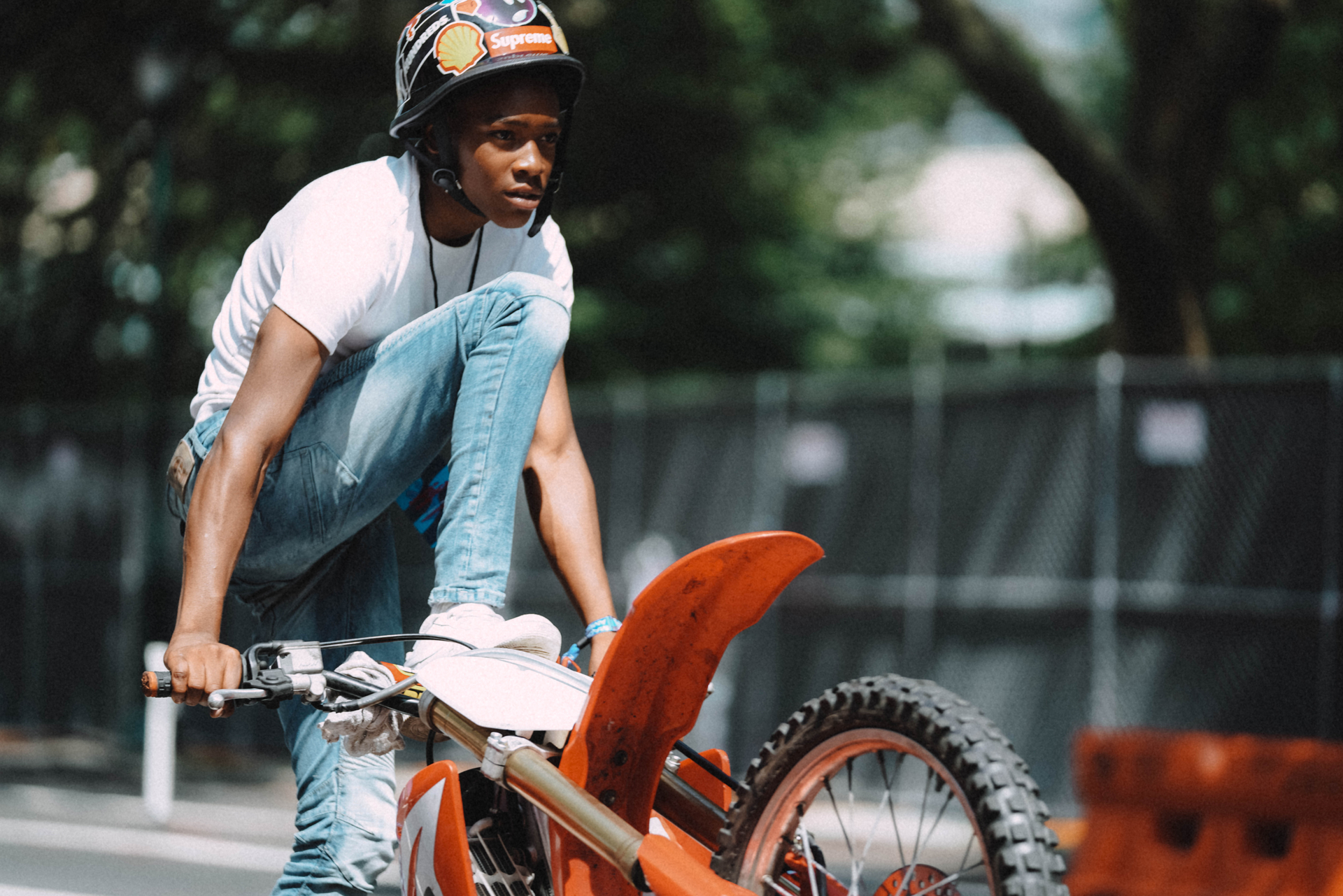 CARBALLAR: I didn’t have an agent but the person who is my agent now called me and said asked if they could represent me in the USA. At the time, I was supposed to cut Guillermo del Toro’s Pan’s Labyrinth (2006) in five months.
CARBALLAR: I didn’t have an agent but the person who is my agent now called me and said asked if they could represent me in the USA. At the time, I was supposed to cut Guillermo del Toro’s Pan’s Labyrinth (2006) in five months.
Two weeks later she comes back to me and offers me the movie The Unknown, so I had two movies back to back and that’s how I came Pan’s Labyrinth was going to shoot in Spain and it was gonna be cut here in LA, so at that time it made sense to move here for at least a year.
Two months before starting shooting Pan’s Labyrinth they called me and they said that it is no longer a co-production with Mexico. Now it’s a Spanish funded movie, so they are forcing us to include more Spaniards in key positions and the production people are already, so. you’re kind of the only one that we can cut and that’s how I got cut from that movie. But they said, “Guillermo says his next movie is yours,” and obviously his next movie came and went.
HULLFISH: His loss.
CARBALLAR: But that was part of what brought me here.
HULLFISH: I lost a movie because it was being shot in Canada and they already had as many Americans as they could and it’s a co-production with Canada, so it’ll have to be a Canadian editor.
CARBALLAR: It happens.
HULLFISH: What’s your process for watching dailies? When you’re watching dailies, do you watch them passively first? Do you take notes? Do you make selects reels? What do you do?
CARBALLAR: I don’t really do selects reels. Usually, my process for dailies is — I start cutting as soon as I can. In the end, this is a lot about trial and error. Oftentimes what I do if the script supervisor is good at marking circled takes, I usually check those first and start playing with those first. That way I have a way to compare.
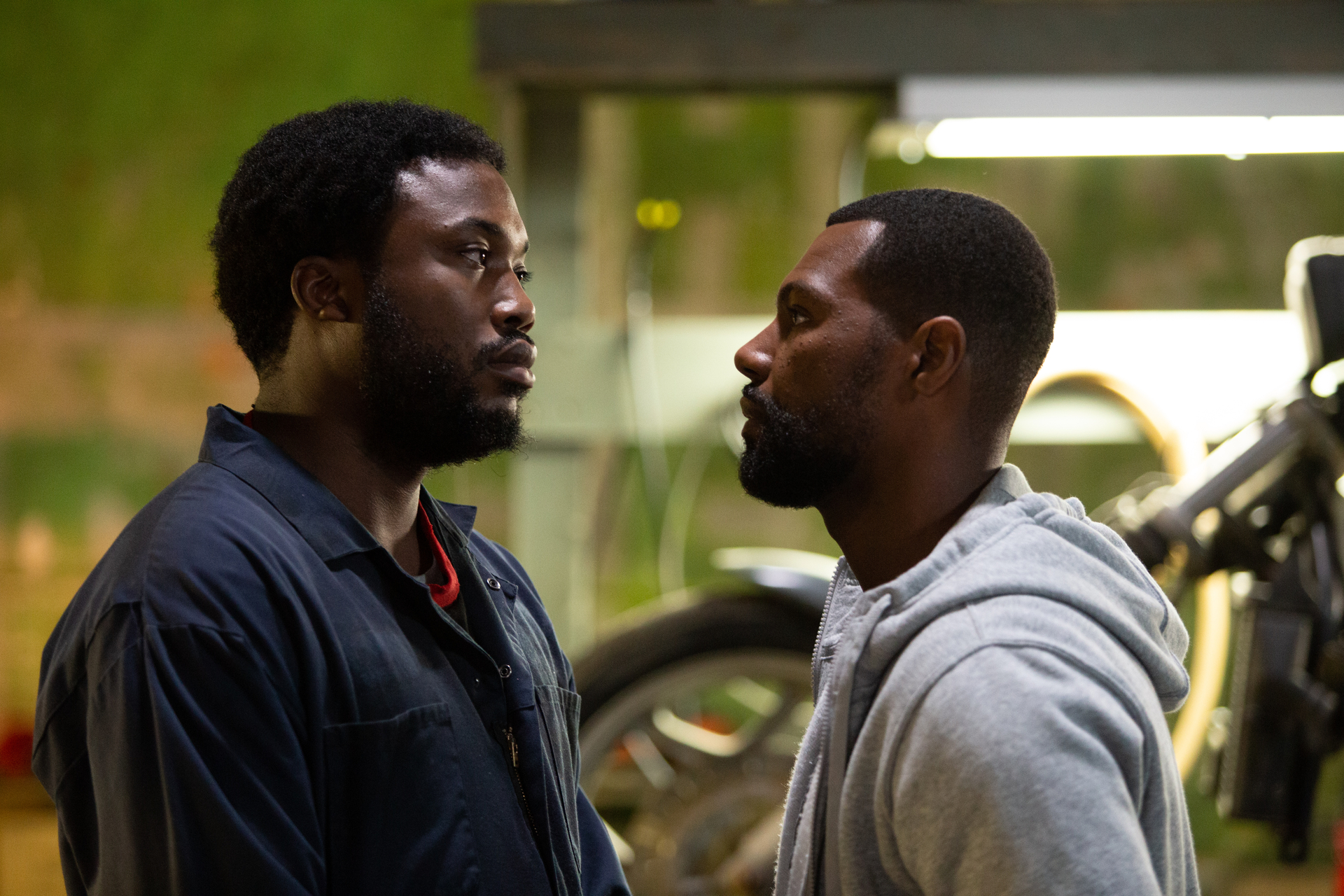
Sometimes when the director is conscious of the importance of circling takes it is really helpful because then it tells you what he likes about performances or camera moves. So it kind of gives you a hint about what he likes and what he doesn’t like. They circle what worked, so usually I start using those and then compare with the rest of the takes.
HULLFISH: So you start cutting the scene from when you first watch dailies?
CARBALLAR: Yes. I watch the different angles to have an idea of what is in every angle and how I can use it, and then I start trying different things. Before committing to a specific way of starting a scene I like to do a couple of “trial and errors.”
HULLFISH: I love that method of starting with the circled takes. Some people wouldn’t. I love doing it that way — especially if you’re working fast — because if you start out with something that you know is gonna be usable, or that the director thinks is gonna be good, then when you watch the rest of the dailies it gives you something to compare to. Also, you have the structure of the scene in a better light and you know better what you’re looking for in each set-up.
CARBALLAR: Exactly. And you are going to check what you’re doing and make lots of changes before you get to a place where you kind of like it.
HULLFISH: You said you do trial and error. How many versions of a scene might you cut?
CARBALLAR: What I do is I duplicate a scene. For example, I have the first three shots of the scene and then I duplicate it because I want to try starting with the close-up before continuing because it’s going to impact the rest. It’s not the same if you start with the wide — where you saw the geography — than if you start with the close-up. So I’ll just do a third or a fifth of the scene and duplicate it and modify it. That way you’re trying different things before committing to something you like. Sometimes it clicks… you see it and you say, “This is the way.”
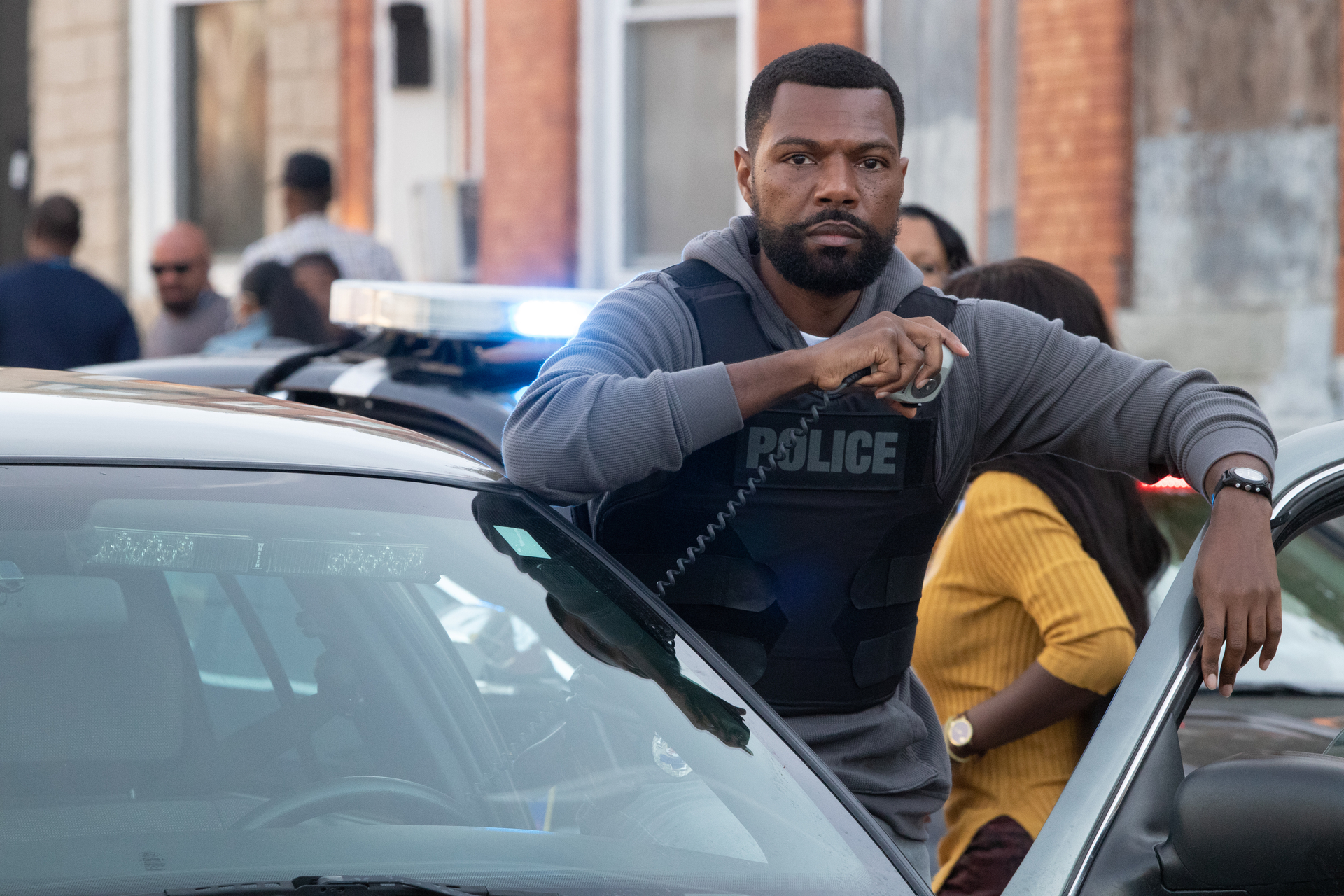
HULLFISH: We talked about how you aren’t really a selects reel fan…
CARBALLAR: The reason I don’t like select reels is because when you work with the director it’s hard to go back to that — just to the select reels. It works if the director says, “Do you have something more serious?” You might go to your selects and find it, but oftentimes they ask you for things that you didn’t select, or they want to see all the takes. That happens more often. So it’s easier to just go to the dailies and get it.
HULLFISH: Do you remember how long your assembly was?
CARBALLAR: No. Not really, but it was way longer.
HULLFISH: A rough estimate. How long was the movie?
CARBALLAR: It’s under two hours. I would say the assembly was at least 20 minutes longer — at the very least.
HULLFISH: Yeah. That’s common.
What was the process of getting from the assembly to the final? What are some of the things that changed — either structurally or scenes that you knew you had to take out.
CARBALLAR: Making changes is not always easy because obviously things were shot for a reason. But the big picture always has to be first. The big picture is what rules the rest of things. So if the big picture is a little long then you need to figure out what to do — and how to do it.
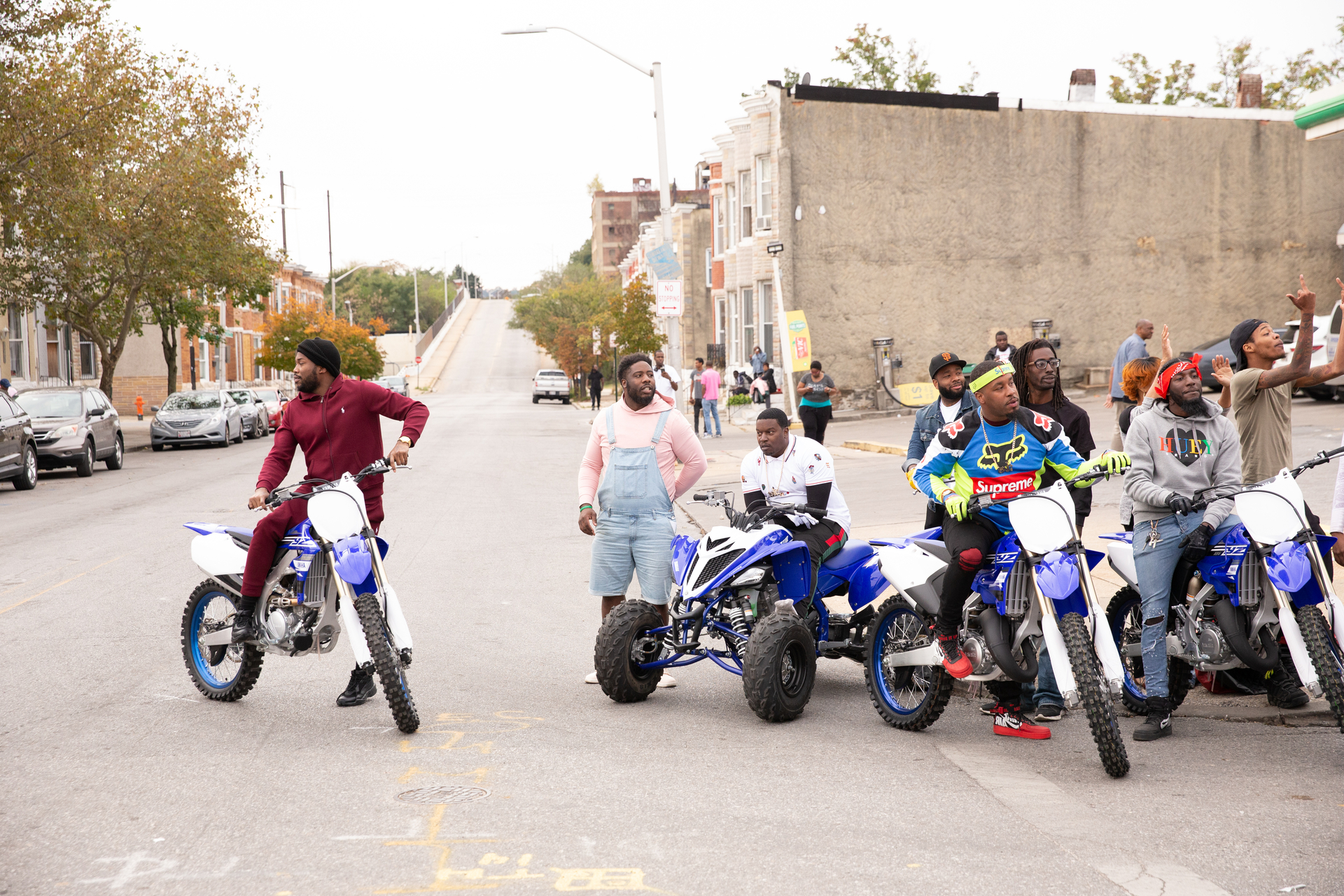
HULLFISH: Do you ever put a story board — PostIts or images on the wall — so you can see the big picture at a glance?
CARBALLAR: Yes I often use that. We didn’t do that on this movie, but I often use those and they’re really nice, especially when you start moving things around.
In this case, we moved a few things but not that much. The script actually really worked very well and there was some movement of scenes. There’s always some of that when you’re looking for better ways to tell the story. Either you combine scenes or you move scenes. For example, you could use half of a scene and combine it with another one to complete the idea.
HULLFISH: Can you think of any specifics like that?
CARBALLAR: For example, when the boys are starting to work in Blax’s auto shop, there was a lot of footage. There was a lot more story there. We ended up condensing it into a single scene.
HULLFISH: Luis, thank you so much for a wonderful chat. I enjoyed our conversation. Thank you so much for a lot of great wisdom and great ideas for editors.
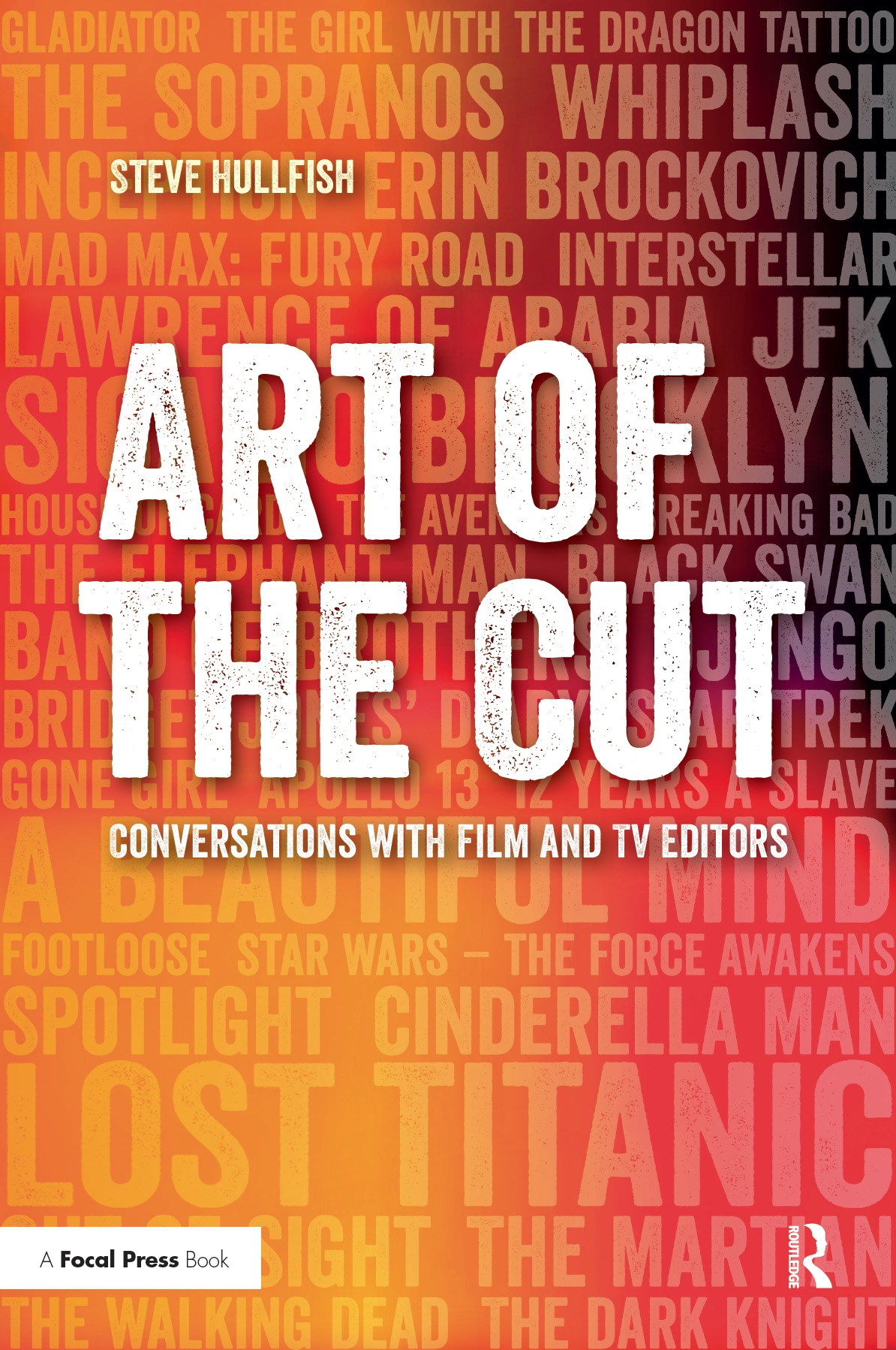 CARBALLAR: My pleasure. Thank you, Steve.
CARBALLAR: My pleasure. Thank you, Steve.
To read more interviews in the Art of the Cut series, check out THIS LINK and follow me on Twitter @stevehullfish or on imdb.
The first 50 interviews in the series provided the material for the book, “Art of the Cut: Conversations with Film and TV Editors.” This is a unique book that breaks down interviews with many of the world’s best editors and organizes it into a virtual roundtable discussion centering on the topics editors care about. It is a powerful tool for experienced and aspiring editors alike. Cinemontage and CinemaEditor magazine both gave it rave reviews. No other book provides the breadth of opinion and experience. Combined, the editors featured in the book have edited for over 1,000 years on many of the most iconic, critically acclaimed, and biggest box office hits in the history of cinema.

Filmtools
Filmmakers go-to destination for pre-production, production & post production equipment!
Shop Now